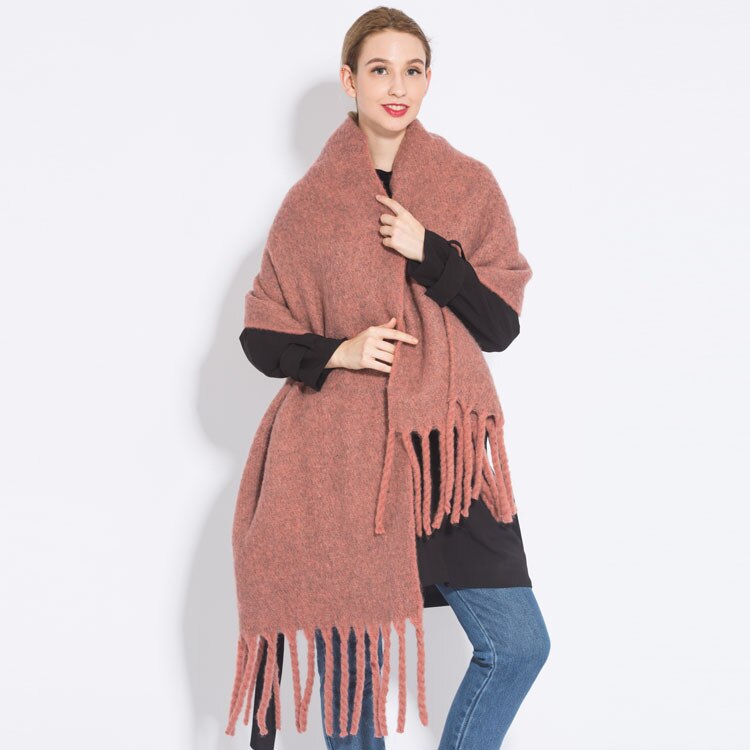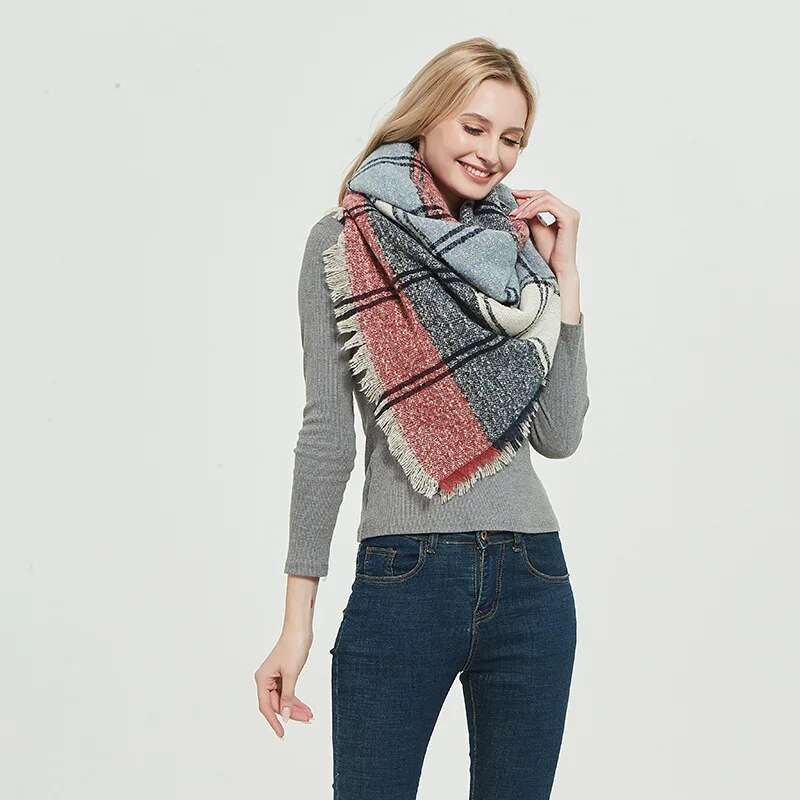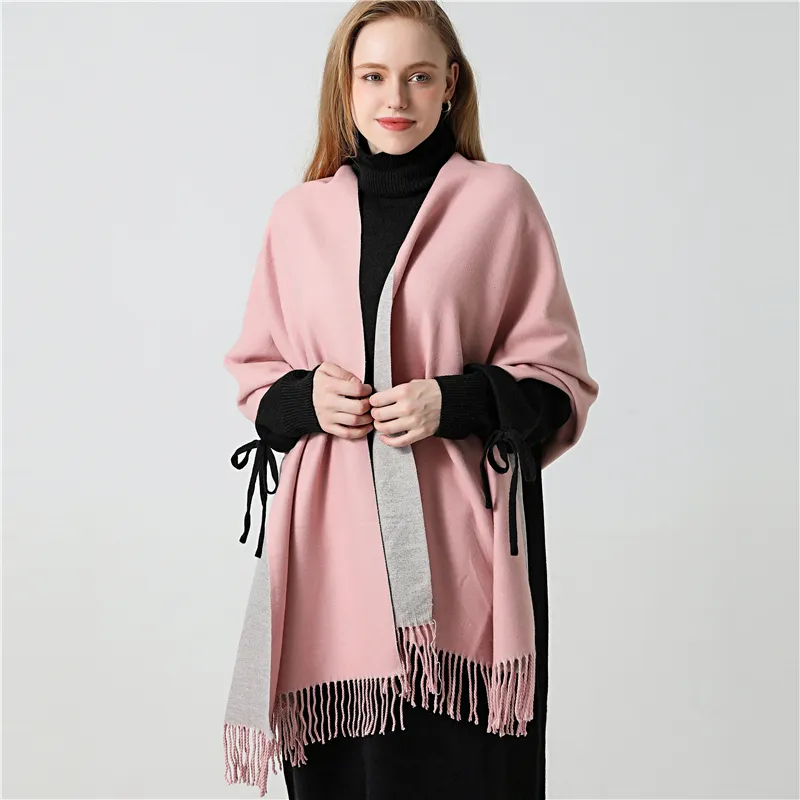Introduce winter scarves as timeless accessories and set the stage for exploring their evolution, from traditional warmth providers to innovative fashion statements.
Smart Materials and Technology Integration
Discuss advancements in materials used for it. Explore smart fabrics that offer enhanced warmth, moisture-wicking properties, and potential integration of technology for added functionalities.
Sustainability in Scarf Design
Explore the shift towards sustainable practices in scarf production. Discuss the use of eco-friendly materials, recycled fibers, and ethical manufacturing processes to minimize environmental impact.
Versatile and Multi-functional Designs
Highlight the evolution of scarf designs to be more versatile. Discuss multi-functional scarves that offer different styles, convertibility, or reversible patterns, catering to various fashion preferences.
Fashion Fusion: Blending Style with Function
Discuss how fashion and function intertwine in modern scarf designs. Explore scarves that serve as statement pieces, blending trendy patterns, textures, and colors while ensuring warmth and comfort.
Technological Innovations for Winter Comfort
Explore potential technological advancements in winter scarves. Discuss innovations such as heated scarves or those embedded with health-monitoring sensors for comfort and well-being.
Cultural Influences and Global Inspiration
Highlight how diverse cultures influence scarf designs. Explore patterns, motifs, and techniques inspired by various traditions, fostering a globally inclusive approach to scarf fashion.
Personalization and Customization
Discuss the trend towards personalized scarves. Explore options for customization, allowing individuals to create unique scarves that reflect their style, possibly through online platforms or DIY kits.
Digitalization and Virtual Fashion Experience
Explore how technology could revolutionize scarf shopping. Discuss virtual try-on experiences or augmented reality tools that allow consumers to visualize scarves before making a purchase.
Conclusion: The Future of Winter Scarves
Summarize the potential future trajectories of winter scarves, emphasizing sustainability, versatility, technology integration, cultural diversity, and the blend of fashion and function.



